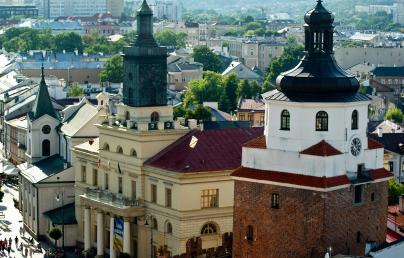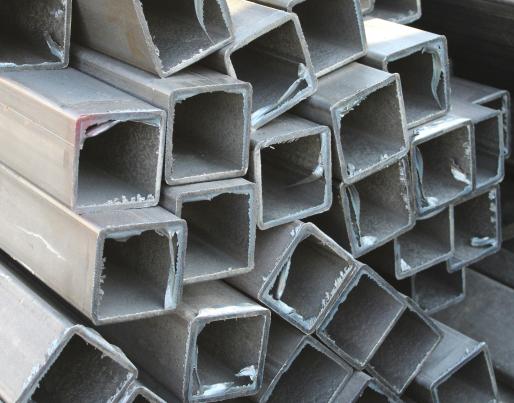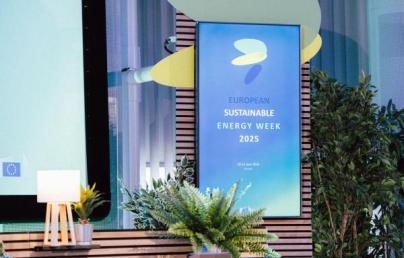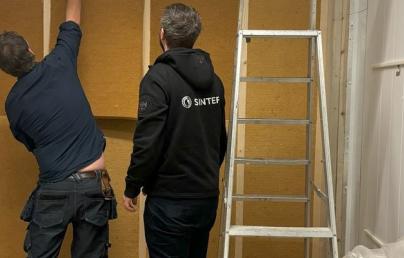
Low-carbon steel: The foundation of sustainable construction

Low-carbon steel: The foundation of sustainable construction
Low-carbon steel is revolutionising sustainable construction by significantly reducing emissions without compromising structural performance. Its adoption, driven by green regulations and market demand, marks a turning point towards cleaner, more resilient infrastructure worldwide.
As the building and infrastructure sectors face mounting environmental demands, low-carbon steel, characterised by its reduced carbon content and lower emissions during production, is emerging as a strategic alternative to conventional steel, which has long been associated with high CO₂ emissions.
Thanks to technologies such as electric arc furnaces powered by renewable energy, low-carbon steel can cut emissions by up to 70%, establishing itself as a viable solution for achieving decarbonisation targets in the built environment.
Regulatory momentum and market demand are accelerating its global adoption. Initiatives like the European Green Deal and the United States’ Inflation Reduction Act are incentivising the production and use of low-carbon construction materials. Simultaneously, cities such as Oslo, Toronto and Singapore now require low-emission standards in public procurement. This evolving regulatory landscape, coupled with the growing value of certifications such as LEED and BREEAM, is reshaping the strategies of steel manufacturers, who are increasingly integrating clean technologies into their production processes.

